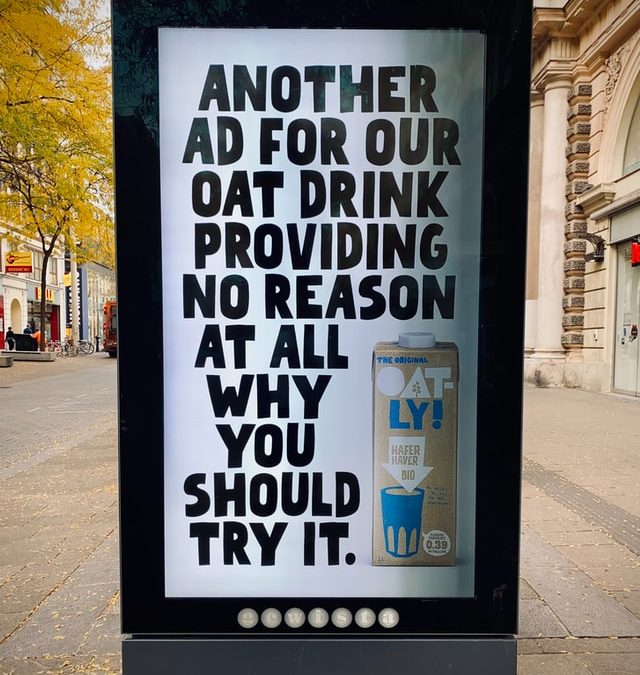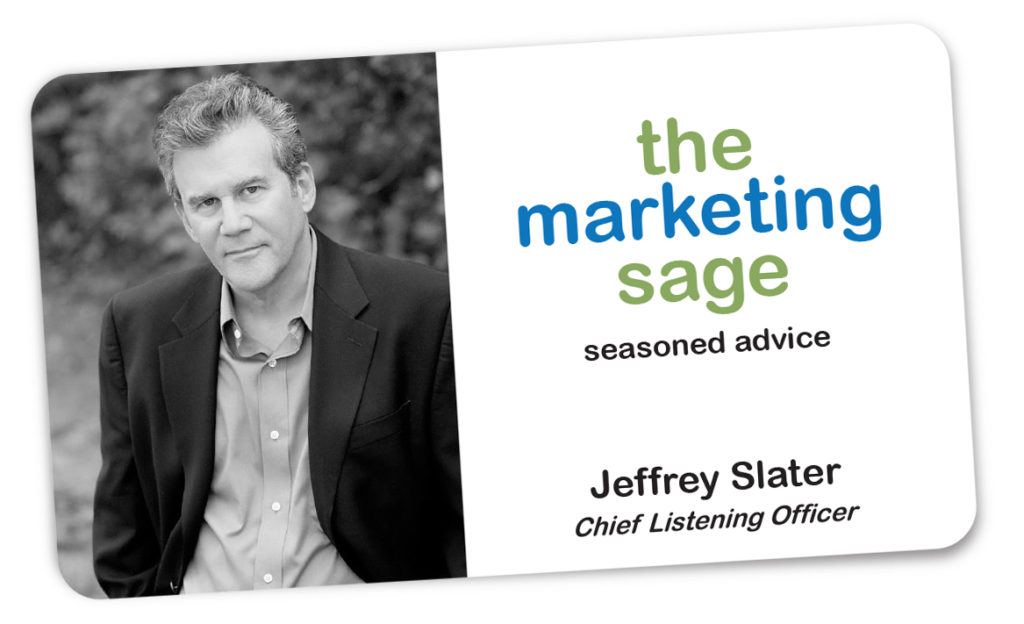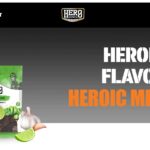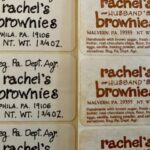Advertising Works
All brands are constantly losing customers and gaining new ones.
The trick is to keep your brand growing by reinforcing and reminding consumers and clients about you. Paid advertising is a tactic commonly deployed to help your product or service stay top of mind and create awareness.
Advertising is like watching a child grow – you aren’t going to notice much in days, weeks, and even months. But when you are monitoring and measuring over the years, that’s when you see the difference.
Another apt metaphor for advertising is thinking of airplane fuel.
Advertising is like the fuel in that plane. Without sufficient fuel, the aircraft would slowly descend. With advertising fuel, the plane can stay steady and can slowly ascend.
In the 90s, during my years when I had responsibility for the Slim Jim brand, we spent tens of millions of dollars on advertising. From 1991-1995, I think we spent more than $25 million on paid advertising.
Over those five years, we consistently reminded consumers of our brand and leveraged an incredible asset, Macho Man Randy Savage, whose image appeared at the point of sale. The ads reinforced the brand, we kept a steady pulse (ads) in the marketplace, and our tagline reinforced the brand connection. It was in these five years that sales doubled, and profits tripled. The advertising worked, and you could measure its effectiveness over these five years.
I know the world has changed and that many are skeptical about traditional advertising. Digital and performance marketing has different role in support of a brand.
But put me in the camp of believing in advertising’s importance in the marketing mix if you want your brand to grow.
For the Slim Jim brand, advertising was the fuel in our airplane that kept on rising.
How Brands Grow
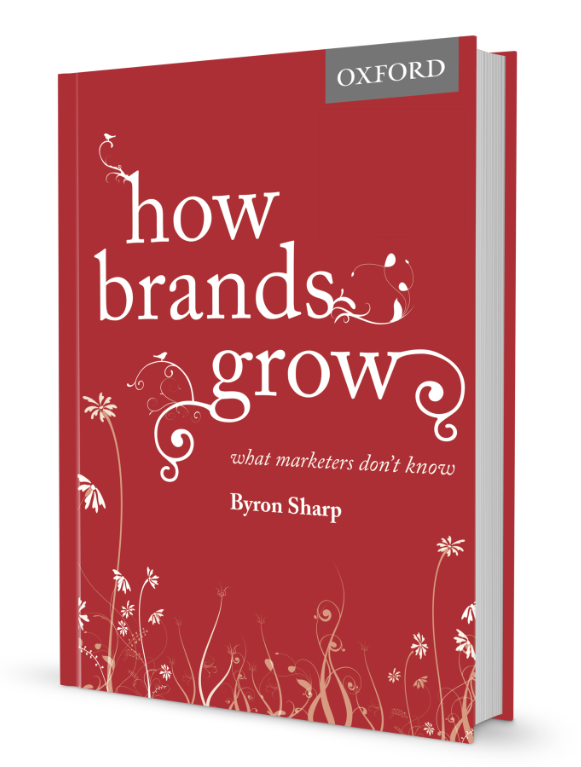
I’m rereading Byron Sharps’s book, How Brands Grow, with the subheading – What marketers don’t know.
Sharp is a Professor of Marketing Science and Director of the Ehrenberg-Bass Institute – the world’s largest center for marketing research. He always comes prepared with data.
Prof Sharp isn’t offering anecdotes as evidence – instead, he relies on a highly disciplined approach to arguing for the laws of marketing.
Through memory structures, advertising can remind, refresh, and inform customers about a product that could be new or unfamiliar. And when a need arises – perhaps six months from now, that memory structure can help a consumer make a purchase.
On p.152 of his book, he offers several simple recipes for effective advertising:
- Reach all the category buyers. He provides valuable evidence of the critically important role of light or infrequent users in your overall revenue.
- Don’t have long lapses of time in advertising. By consistently reinforcing these memory structures, you strengthen that brand memory muscle.
- Get noticed, not screened out by customers. Our ads were entertaining and memorable.
- Use clear brand links. Sharp reminds the reader that distinctive assets like the brand name, color, and product help reinforce those memory structures.
- Refresh and build memory structures to keep a brand top of mind. Companies from Mcdonald’s, Liberty Mutual to Walmart advertise every day for this reason.
- If there is a piece of information that is highly persuasive, say it if it doesn’t interfere with the above thoughts.
If you want your brand to grow, you need to invest in fuel.
You can set up a time to chat with me about your marketing challenges using my calendar. Email me jeffslater@themarketingsage.com Call me. 919 720 0995. The conversation is free, and we can explore if working together makes sense. Watch a short video about working with me.
Photo by Arno Senoner on Unsplash
